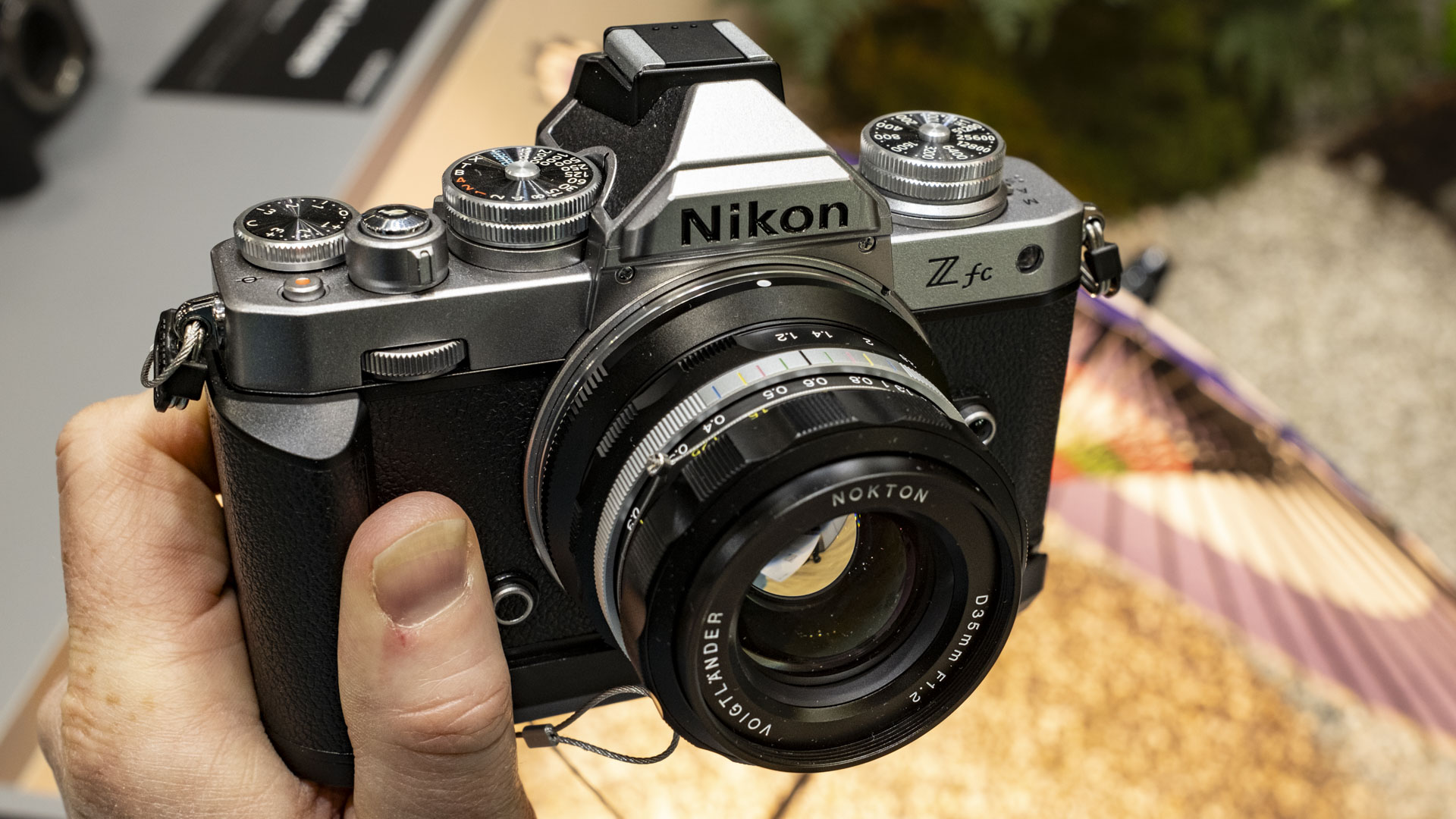Instagram is currently testing out a new feature called Spins, which could give its Reels a unique and timely enhancement if the proposed US TikTok ban becomes law.
Spins would allow other Instagram users to take an existing Reel and replace the audio or text, as confirmed by the company to TechCrunch. This is unlike Instagram’s existing Remix feature, which is a clone of TikTok’s own feature that lets you appear in a video next to an original one side by side to offer commentary or reactions. Spins would be an Instagram original that would let users take a trending template, or meme, and swap the meaning of it.
On its own, it sounds like a fun feature that would enable users to create fun and distinct content that could easily go viral. And while it’s something that Instagram might look to introduce in normal circumstances, right now could be even more of a market boon thanks to current events.
What could this mean for Instagram?
If the US does implement a nationwide ban on TikTok, that would leave a massive hole in the social media landscape – a massive hole that Instagram could easily take advantage of. And what better way to do so than by introducing new features and tools that not only set it apart from TikTok, but make it the superior option in the eyes of many users?
TikTok has taken the online social media world by storm, with billions of users visiting every month and nearly just as much content being posted on the app. Getting a small portion of that pie would be ideal for Instagram even if TikTok was still around but being able to steal away even more of that user base would make Instagram the undisputed king of social media video-sharing.
Of course, the timing for the internal testing of Spins could simply be a coincidence – it’s possible that the potential new feature has been in the works for a while, and just happened to surface at the same time as the TikTok controversy. But even if it wasn’t planned, the timing is still exemplary and, if Instagram is smart, something that it will take advantage of.
In fact, Instagram should go further, by adding more new features to its platform. Even if TikTok survives this attack by the US government – as it survived previous attempts at a countrywide ban – Instagram should want to up its game to compete with its video-first rival, and the constant threat to its existence is a weak point that Instagram could exploit.
Instagram could and should continue to sell itself as a superior and more stable version of TikTok that’s more than capable of keeping up with the constant demand from users for new features, and therefore better at selling itself to the younger market that TikTok currently seems to have a lock on. This opportunity may have been coincidental, but that doesn’t mean Instagram can’t harness it to put itself in a far better market position – and Spins could be the catalyst for that.
You might also like
from TechRadar - All the latest technology news https://ift.tt/mNTD1OU











